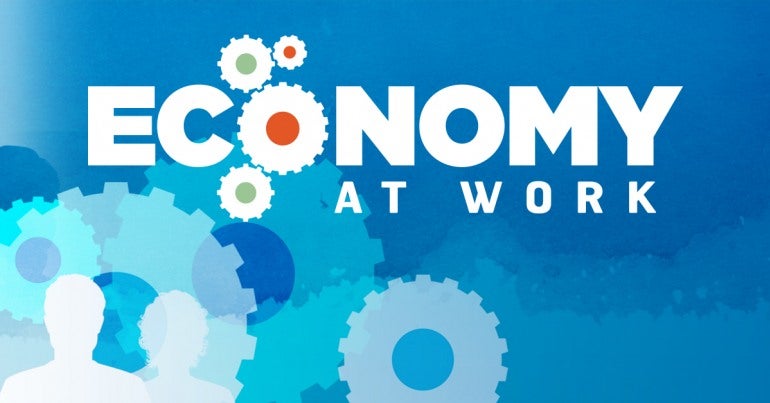 Canada’s jobless rate has declined to 5.7 per cent, the lowest it’s been in over 40 years. But despite the tighter labour market and competition for workers, pay increases for most workers are barely keeping up with inflation.
Canada’s jobless rate has declined to 5.7 per cent, the lowest it’s been in over 40 years. But despite the tighter labour market and competition for workers, pay increases for most workers are barely keeping up with inflation.
Labour force survey figures report that average hourly earnings increased by only 1.7 per cent in 2017, just barely above inflation and less than the increases in the two previous years. Even more disturbing is the fact that the biggest pay increases in recent years have continued to go to the highest paid, in particular senior and middle managers, while the lowest paid workers have generally received the lowest average pay increases.
The Canadian Centre for Policy Alternatives regularly documents how CEO pay has escalated. The same is true for pay for other management occupations. Average pay for this group, which was already higher than other occupation groups, has doubled in the past 20 years. At the same time, the average hourly wage for the lowest-paid occupations, including labourers, sales and retail service occupations, has only increased by half as much, barely keeping up with inflation.
Average base wage increases in collective agreements settled in 2017 were just 1.7 per cent, only slightly above the 1.6 per cent average increase in consumer prices for the year. The average increase was similar for both public and private sector unionized workers.
Some wages are trending up. Payroll reports show that average weekly earnings increased by 2.8 per cent in the last quarter of 2017, but much of that was due to increased hours worked and higher pay increases for salaried workers. Average hourly earnings for workers paid by the hour increased by just 1.1 per cent in the last quarter of 2017, lower than its 1.6 per cent average for the year.
Similar trends are evident in the US. As Doug Henwood, publisher of the Left Business Observer, has pointed out, while there’s been some upward trend in average hourly earnings south of the border, virtually all growth has been because of higher pay hikes for managers and supervisors. There’s been little pay boost for “non-supervisory working stiffs.”
This divergence in pay has increased inequalities, which many now agree has also been bad for economic growth. This is another reason why it’s so important for governments to increase minimum wages, and for all employers to increase the pay of their lowest paid workers, to reverse these troubling trends and increase the living standards for all workers from the bottom up.



